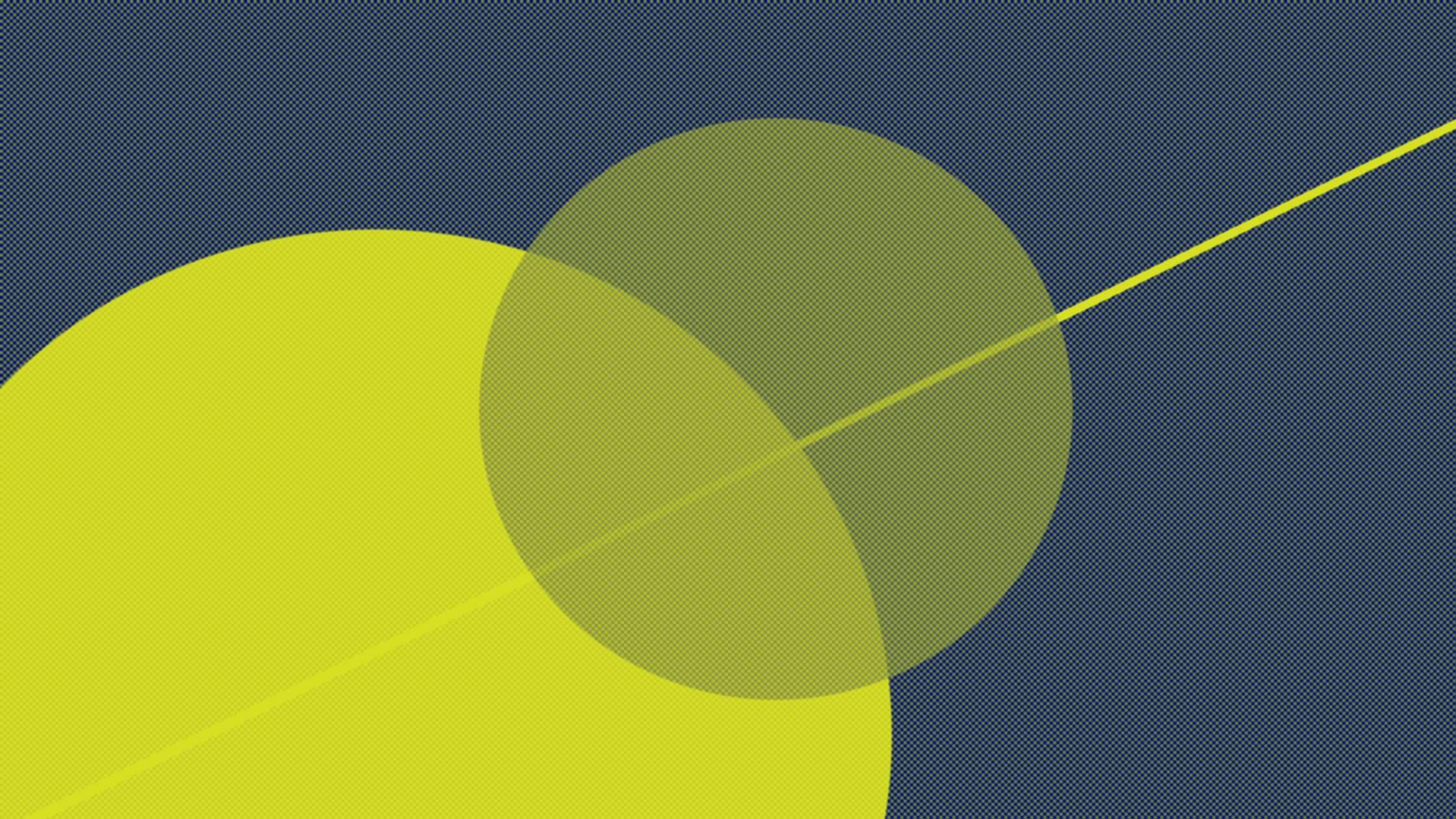When the Biohackers arrive at iGEM
By Henry de Belly
iGEM is a well-known student competition in synthetic biology that was organized at MIT in 2004. This year, for the first time, the competition was opened to community labs, which include the worldwide community of amateur biologists, biohackers, citizen scientists and any non-institutional scientists. iGEM is an exceptional place for innovation, learning and fun, but it is also very costly. How can an iGEM project emerge from a community and why should these communities decide to participate in the competition? What can iGEM bring to them? To answer to these questions, I met and interviewed members of two of the six participating community lab this year: Patrik D’Haeseleer from the SF Bay Area DIYbio, which worked on making real Vegan Cheese produced by baking yeast, and Dan Wright from the LA BioHackers team, which worked on creating a platform for assembling and booting a bacterial genome.
Wandering at the iGEM poster session, I noticed that a few teams looked different from the others; these teams were made of people of very different ages, from young to old. I realized that this year, iGEM was open to biohackerspaces, or more generally, community lab spaces. Walking through these posters, I met Dan Wright from the LA Biohackers team. He was presenting the poster to the public while accompanied by his young teammate Doug Foster. While they were presenting, I was wondering why a community lab, which are often limited in funding, would join iGEM? What can iGEM bring to them and what are the main difference between community labs and academic ones?
I later asked D’Haeseleer this question and, he replied that his lab always wanted to participate to iGEM because it is a unique place and context for students and people to learn skills that cannot really be learned anywhere else. Indeed, at iGEM, participants have complete freedom on the design of the project and on learning how to create, conduct and present a complete scientific project –very important and useful skills for any scientists.
Most of the labs already had several individuals interested in iGEM and so involving people was not a problem. The biohacking community is quite interconnected, and it is interesting to see the diversity of people involved in community labs, especially considering that most of them do not come from a scientific background and are working on the project in their free time.

From left to right: Dan, David, Keoni, Wolfy, Doug.
iGEM is often considered as a pioneering competition of synthetic biology, and the fact that everything in it is open and done by such an interactive community also motivated many community labs to participate. The competition could definitely help these teams gain legitimacy and visibility. Additionally, having a deadline can be valuable and help kick start projects.
iGEM is also a place where you can meet a large community of passionate people and learn a lot about the other team projects, while also learning new ideas and concepts. This can be really useful for biohacker spaces, which are always looking for ideas of new projects to conduct.
One of the main issues that often comes up in iGEM, and maybe particularly for the community labs, is about raising money. Many solutions exist, including the crowd sourcing approach that the Real Vegan Cheese project used. That project raised $37,000 this year: the most successful campaign in iGEM history.
“The IndieGogo campaign also proved to be a very valuable tool for reaching out to our community. And not just the local community here in the Bay Area, or the DIYbio community, but a very wide audience from all around the world. We were especially pleasantly surprised by the massively positive response from the vegan community.” D’Haeseleer, of the SF Bay Area DIYbio, said.
Finally, one of the main differences between a community lab and an academic lab is probably the follow-up of the projects after the iGEM Jamboree. Historically, many of the projects are not continued after the Jamboree, but this does not seem to be the case for community labs. This difference could come from the fact that in an academic team, most of the members are students and when iGEM is over they return to their studies; meanwhile, in biohacker labs, most of the work is done by people working in their free time and all through the year.
“For us, we went right back to planning experiments after coming back from the jamboree. The Real Vegan Cheese project will most definitely continue after iGEM. We’ve set up a non-profit corporation to make this a real product,” commented D’Haeseleer.

Therefore, it is impressive to see how community lab teams, made mostly of passionate people working in their free time with almost no funding, can come up with very creative and advanced projects that can compete with those made by big academic teams benefiting from a lot of support from their academic organizations. As a result, many of the community labs are motivated to participate again in iGEM next year.
Check out the work of SF Bay Area DiYbio and LA BioHackers in iGEM and beyond here:
LA BioHackers, SF Bay Area DIYbio, and the Real Vegan Cheese IndieGogo Campaign.
All views expressed in this post belong to the author, and are not necessarily those of PLOS.
Henry de Belly is a Master student in System Biology at the CRI in Paris. He is interested in Synthetic biology and Citizen Science.

